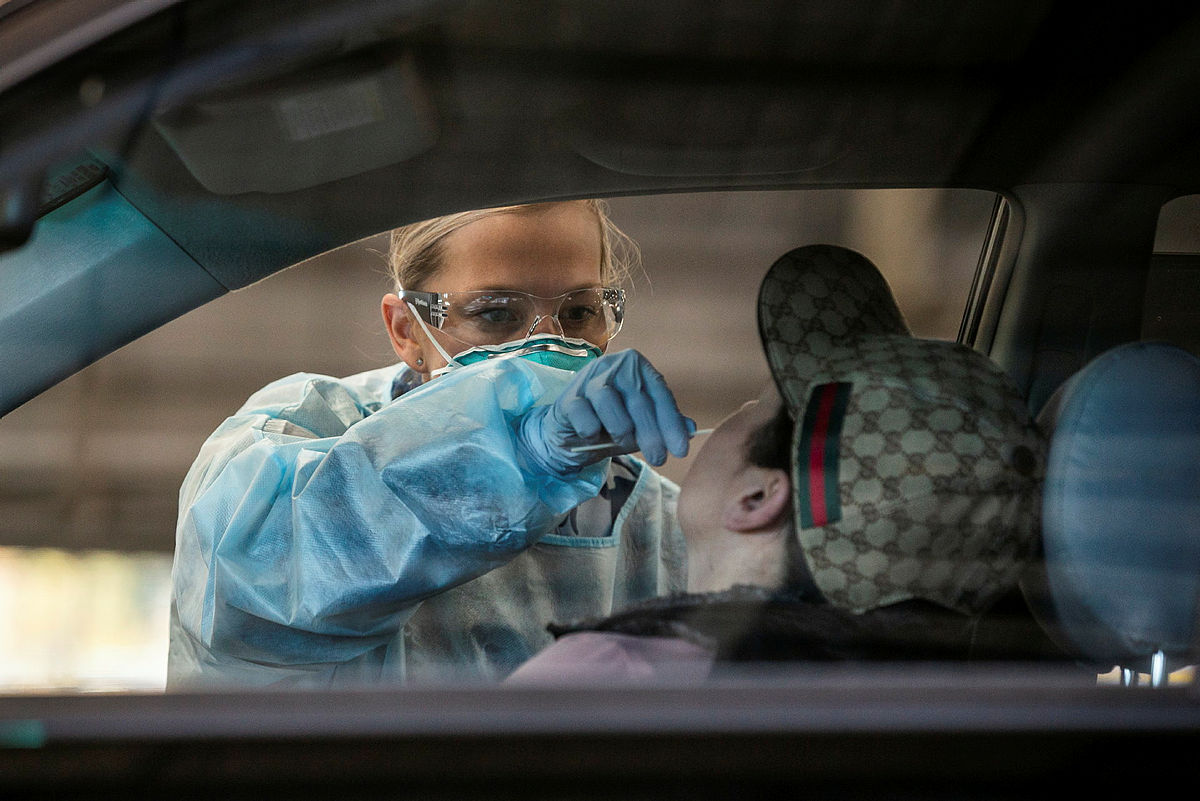
In recent years, the promotion of equality for serving women in the Australian Defence Force has been a great positive. But there’s still an equity problem in the lack of mental health care specifically tailored for ADF women. The support that female ADF members are providing to the government’s Covid-19 response has only highlighted the need for a gender perspective to be incorporated into health support services for these personnel.
In 2012, gender restrictions were lifted from all combat roles in the ADF. But while women make up 51% of the Australian population, a significantly smaller proportion of women than men serve in the ADF. To address this shortfall, the Australian government set a goal in 2012 to increase the number of women serving in the ADF by 25% for the navy and air force and by 15% for the army by 2023.
More than 2,800 ADF members have been deployed across the country to assist with the pandemic response. ADF health personnel are providing extensive support to Victoria, in particular, including support in responding to the crisis in
aged care homes. In
2017–18, women accounted for 51% of those deployed as part of the ADF health workforce, so the pandemic is putting a lot of female members on the front line.
We know from the SARS outbreak that frontline healthcare workers
experience higher anxiety than the general community about contracting a virus during a pandemic. This anxiety is justified. Women make up 70% of the health workforce globally, which puts them at greater risk of transmission, in addition to shouldering much of the care burden.
At the same time, women in general are
more vulnerable to a pandemic’s effects. They are less likely to be able to access health care, more likely to suffer domestic violence, and more likely to be first hit by the economic crisis generated by the disease.
The disproportionate gender risk means that the protection of female healthcare workers is essential for
maintaining healthcare resiliency in the current crisis. This raises a clear question for the ADF: how do we implement a gender-specific mental health care model for female ADF personnel providing Covid-19 support?
In the ADF, men are more likely to report a traumatic incident or event than women. Social expectations and differences between men’s and women’s military experiences and roles can affect the reporting of symptoms of PTSD. Due to the historic legacy of women not serving in combat, they may not be readily considered for PTSD interventions or programs.
The experience of PTSD seems to be more acute for female personnel. One study compared
96 cases of PTSD in veterans and found that women experienced more severe symptoms than male veterans. Further
research has found that, compared with male veterans, women experience a higher level of pain and also internalise emotions relating to a traumatic event. More studies are needed into this growing and highly trauma-exposed group in the ADF.
The ADF has long recognised the valuable contribution that female personnel make to national and international operations. Unfortunately, however, health care for women in the military setting has to date largely focused on gynaecological needs and rarely addressed deployment-specific health risks and outcomes.
Although veterans’ organisations, both government and private, strive to be inclusive, it has been left to a limited number of under-resourced groups like the Women Veterans Network Australia to
identify a specific female perspective. It is clearly impractical to expect such small organisations to take responsibility for the mental health care of female veterans.
More robust awareness-raising of the issue is also sorely needed. The public perception of what a contemporary veteran looks like is overwhelmingly male. When the press and the general public discuss PTSD in ADF veterans, consideration is rarely given to referring to female veterans or acknowledging differences in PTSD between men and women.
For example, in February, the
Daily Telegraph published a front-page feature announcing a royal commission into the deaths of ADF veterans. One headline read, ‘Veterans, fathers, sons and brothers’. Of the 46 photos of deceased veterans that accompanied the article, not one was of a female veteran. This is despite a 2019 report from the
Australian Institute of Health and Welfare stating that the age-adjusted rate of suicide between 2001 and 2017 among ex-serving women was higher than that of Australian civilian women.
The ADF needs to address this problem by developing mental health care programs and outreach services specifically targeted to the needs of female veterans and providing financial support for further research. Educational resources for commanders, the public and families also need to be developed so that ADF women who are at risk of mental health conditions can be more readily identified and provided with appropriate treatment and support.
Now is the time to support women who have answered the ADF’s call for action. It’s not about providing special treatment for our female personnel; it’s about providing the right treatment.
 Print This Post
Print This Post